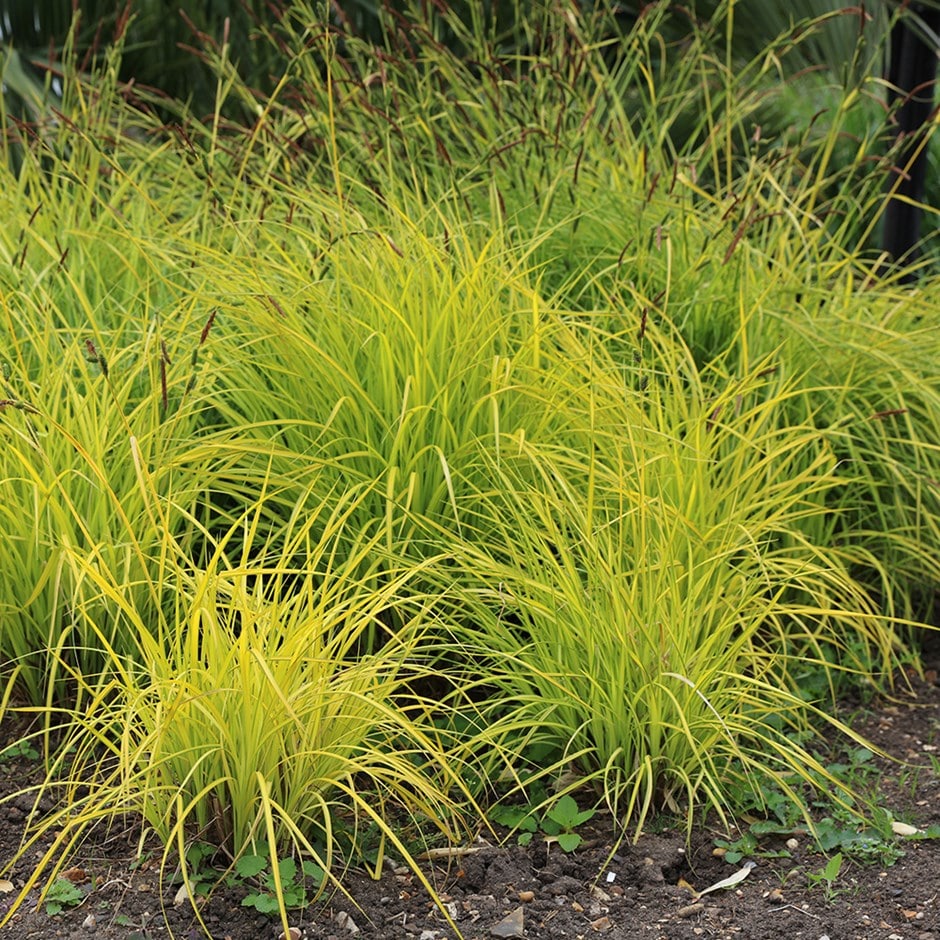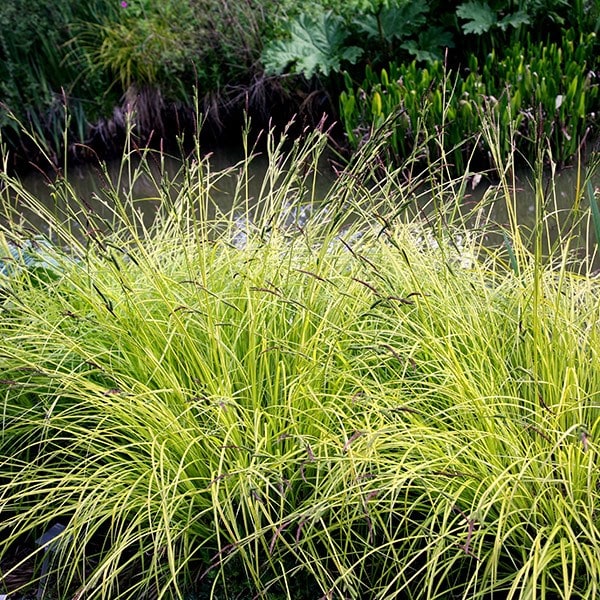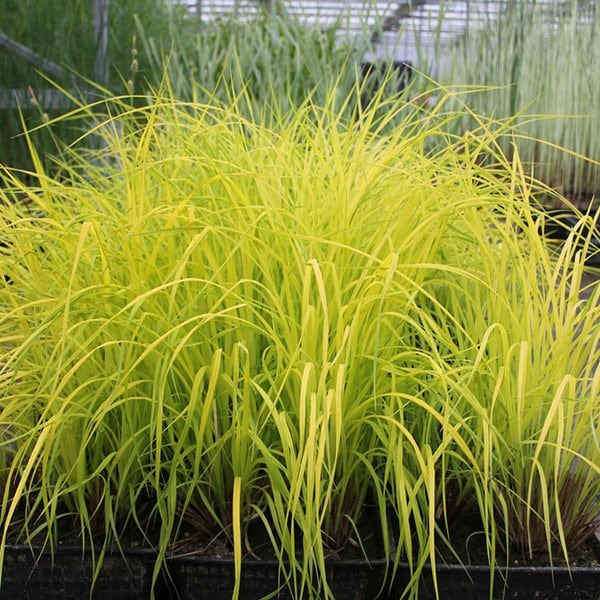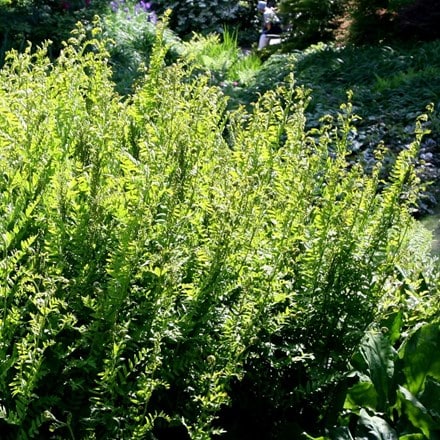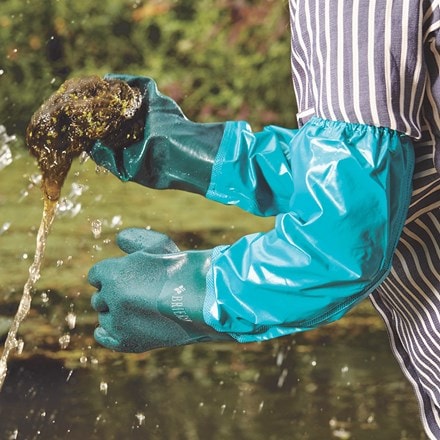Carex elata 'Aurea'
Bowles' golden sedge
- 2 litre pot
- £18.39 £22.99
- sold out
- 3 × 2 litre pots
- £43.99 £54.99 £14.66 each
- sold out
Delivery options
- Standard £5.99
- Position: full sun or partial shade
- Soil: fertile, reliably moist soil
- Rate of growth: average
- Flowering period: June to July
- Hardiness: fully hardy
Named after the famous botanist and author, EA Bowles, (who discovered the native species in East Anglia), this gorgeous, semi-evergreen, ornamental grass forms tussocks of rich yellow leaves. It's useful for brightening shady areas, filling gaps in borders, or planting by water, where its fine leaves will offer contrast and textural interest. If it is kept well watered, it will tolerate a spot in bright sun, however the leaf colour is at its best when it's grown in partial shade.
Carex elata 'Aurea' is primarily grown for its attractive foliage, however in early summer, it will also produces long spikes with brown, feathery flowers.
Carex elata 'Aurea' is primarily grown for its attractive foliage, however in early summer, it will also produces long spikes with brown, feathery flowers.
Plant Carex in well-drained soil, ideally enriched with organic matter, and choose a spot in full sun or light shade. Space plants to allow for their mature size and water regularly until established. Feed during the growing season and lift and divide crowded clumps in early spring to maintain vigour.
Most evergreen and semi-evergreen Carex don’t need cutting back in the the traditional sense. Instead, in late winter or early spring, just comb through the plant with your fingers or a rake to remove any dead or tatty foliage. If the plant looks untidy or has suffered winter damage, you can lightly trim back the worst leaves, but avoid hard pruning as it can spoil the natural shape and regrowth is quite slow.
Most evergreen and semi-evergreen Carex don’t need cutting back in the the traditional sense. Instead, in late winter or early spring, just comb through the plant with your fingers or a rake to remove any dead or tatty foliage. If the plant looks untidy or has suffered winter damage, you can lightly trim back the worst leaves, but avoid hard pruning as it can spoil the natural shape and regrowth is quite slow.
